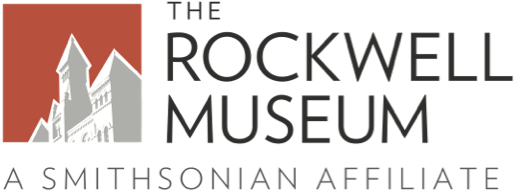The primary purpose of a land acknowledgment is combatting erasure, or the practice of insisting on one linear cultural narrative. The colonial myth that many of us grew up learning–that Christopher Columbus sailed across the ocean to discover a “New World”–is an example of erasure. Speaking about indigenous peoples in the past tense is also an example of erasure.
“Acknowledgment is a simple, powerful way of showing respect and a step toward correcting the stories and practices that erase Indigenous people’s history and culture and toward inviting and honoring the truth. Imagine this practice widely adopted: imagine cultural venues, classrooms, conference settings, places of worship, sports stadiums, and town halls, acknowledging traditional lands. Millions would be exposed—many for the first time—to the names of the traditional Indigenous inhabitants of the lands they are on, inspiring them to ongoing awareness and action.”
Department of Arts and Culture, “Honor Native Land: A Guide and Call to Acknowledgement”
While a land acknowledgment should be the first step towards an actionable plan for an institution to have to honor and connect with the tribal representation in their area, a land acknowledgment is not a call to action in and of itself. Its action is to combat erasure and the colonial myth that indigenous peoples exist only in the past.
What Steps does The Rockwell Museum Take to Honor Indigenous Peoples?
What type of actions does the Museum take to go beyond simply acknowledging the land our building sits on?
- We added the Haudenosaunee Gallery in 2017 in partnership with the Ganondagan Seneca State Historic Site to create permanent space in the museum to honor the continuous Haudenosaunee (Iroquois) history.
- We work with Native partners for museum programming including lectures and youth and family programs to bring in indigenous voices and perspectives.
- Our Curatorial and Education staff (who work on exhibitions and school tours) belong to organizations for the advancement of Native American representation in the arts and humanities. The information we take from these organizations and conferences ensure that we deliver the most up to date information about indigenous peoples and communicate with the Rockwell audience in ways that make indigenous peoples’ agency clear.



